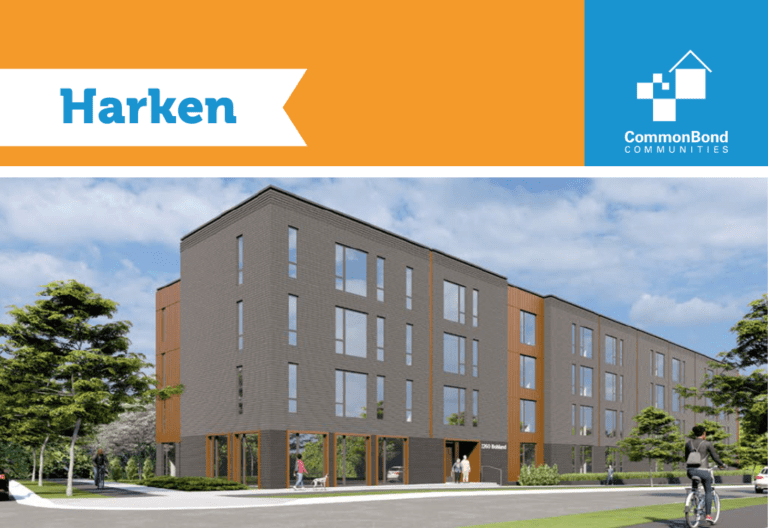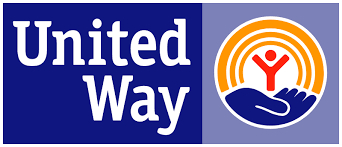The need for affordable housing is more necessary than ever, not only for those who rely on this housing, but for neighborhoods that need the community benefits of affordable housing. With the continued fallout from COVID-19, the social benefits of affordable housing actually help entire communities—which is something that isn’t always readily apparent.
Nationwide, for every 100 households that have income at or below 30 percent of the area’s median income—often called extremely low-income (ELI) renters—only 21 adequate, affordable, and available units exist.
Although the states where CommonBond operates boast some of the most affordable costs of living in the United States, the housing shortage persists. In fact, in the states CommonBond currently serves or plans to serve, there are shortages of rental units for thousands of citizens who need them:
- Iowa: 53,153
- Minnesota: 104,314
- South Dakota: 14,466
- Wisconsin: 125,011
More than 60 percent of low-income renters in each of these states have significant financial hardships caused by rent amounts (significant financial hardship is deemed as rent costs at 50 percent or more of a household’s monthly income).
But the positive impact of providing homes for low-income individuals goes beyond those individuals; it’s been shown that the social and community benefits of affordable housing ripples throughout the neighborhoods and cities in which they’re built.
Nonprofits like CommonBond not only provide a supportive foundation for families in need of housing and services assistance, but the communities at large where low-income housing is available. Let’s take a look at some of the community benefits of affordable housing:
Help Support Your Local Community Through Affordable Housing.
Create More Opportunities for Economic Growth
The economy around low-income families—particularly those who have significant financial hardships—is pretty straightforward. When rent makes up 30-50 percent of one’s monthly budget, it puts a significant strain on their finances. If one’s income isn’t able to cover all of their monthly expenses, sacrifices are made in other critical areas of life in order to cover necessities like bills, transportation and food.
But when an individual or family is able to make their budget last longer by reducing the percentage of their income they spend on rent, they become more likely to have money for more than just basic needs. Because individuals tend to spend money within their own communities, increasing the buying power of low-income households means more money goes towards local businesses, which, in turn, are more likely to hire more people, creating a more steady income flow for individuals in the community. In 2015 alone, the National Low Income Housing Coalition found over half a million jobs were created due to investments in lower-income housing.
What’s more, an increase in spending leads to higher amounts of taxable goods, providing the community with more access to services. This cycle of job creation, steady income, and economic growth is one of the most impactful community benefits of affordable housing, challenging the many unfounded assumptions and fears around what low-income housing means for neighborhoods.
You may have heard of this type of economic theory by another name: trickle-up economy. As opposed to the trickle-down theory which holds that more money in the pockets of the highest earners will cause them to put more money into local goods and services, the trickle-up theory has shown that putting more money in the pockets of the lowest earners bolsters the economy far more.
Communities Receive More Social Services that Benefit Everyone
When more goods and services are taxed in a local economy, the more funds a community has to use on social services. Local social services don’t only impact lower-income families; parks, community gardens, public transportation, public schools and their programs, libraries, and road work all fall under the social services umbrella. Like local economies, the social benefits of affordable housing are cyclical: When a community has more easily accessible social services, the equity of the neighborhood increases. Schools get more funding and locals residents can better meet their goals and thrive–which, in turn, leads to increased economic security.
Less Cost to Taxpayers
While the up-front costs of providing affordable housing can appear high, research shows it’s far less expensive than “alternative” housing. In 2004, the Lewin Group looked at nine major metropolitan areas for the Corporation of Supportive Housing. They found that compared to homeless shelters, jail, prison, mental hospitals, and hospitals, subsidized housing was far less in terms of daily costs. In Chicago, affordable housing programs cost an average of $33.45 a day compared to homeless shelters ($40.28), jail ($91.78), prison ($117.08), mental hospitals ($541.00) and hospitals ($1,770.00).
What’s more, while affordable housing programs are paid for through a combination of grants, donations and federal funds (taxes), those costs for these alternatives fall on taxpayers.
So not only is affordable housing the affordable option for taxpayers compared to the alternatives, donor support decreases the overall cost for taxpayers—those in the community and city in which affordable housing is available, and nationally.
Supporting the Next Generation
A common belief is that providing subsidized housing and services programs leads to a continuous cycle of dependency, but that’s not backed up by the facts. Housing for low-income families has a significant impact on the lives of children and the opportunities they’ll be afforded later in life.
First and foremost, reliable and stable housing minimizes the number of times that children’s school attendance is disrupted. One study found significant academic gaps are created every time a child moves residences before the second grade, which is particularly concerning because not only do low-income families move more often than their counterparts, but those academic gaps aren’t made up over time. Likewise, the Minnesota Office of Higher Education found that students dealing with housing insecurity have lower educational achievement and graduation rates.
For communities that rely on public schooling, creating a learning-positive environment is beneficial for everyone. The amount of funding available to a school district depends on student performance as determined by standardized tests. When a student falls behind academically due to unstable housing or homelessness, their inability to test at the same level of their peers creates a disadvantage for them and for the school as a whole. Schools do better when their students are supported by their community and have housing stability.
The positive impacts of reliable housing have further-reaching effects as well: when a student is more able and encouraged to succeed in school, their options throughout their lifetime expands. In 2018, 100 percent of high school seniors who participated in CommonBond’s services graduated high school or completed their education program. The Bureau of Labor Statistics has found an annual difference of $9,620 between the incomes of those aged 25 and older without a high school diploma versus those who have one. Students who succeed in school have a much higher chance of breaking the cycle of poverty.
Then there’s the health impact that affordable and reliable housing has on children and the local community.
Children living in subsidized housing have been found by Children’s HealthWatch to have a 35 percent greater chance of being classified as “well” versus their wait-listed and homeless peers, and are 28 percent less likely to be seriously underweight. Additionally, children experiencing homelessness are more likely to have developmental delays, delayed immunizations, emotional and behavioral difficulties, high stress, and asthma. These challenges add up over time, and can create lifelong consequences.
But it doesn’t have to be this way. If we continue to invest in safe, stable, affordable housing, we continue to create opportunities for growth, health, education and more–not just for renters, but for their larger communities.
CommonBond is committed to providing safe, stable housing that in turn gives back to local communities. If you’d like to help support and grow a local community near you, your donations will help us create more affordable housing and successful economies.












